How to Leverage Facial Recognition Technology for Enhanced Security with 99% Accuracy Rates
In an era where security concerns are at an all-time high, organizations are increasingly turning to innovative solutions to enhance safety measures. One such advancement is Facial Recognition Technology, which has demonstrated remarkable efficacy, boasting accuracy rates of up to 99%, as reported by the National Institute of Standards and Technology (NIST). This cutting-edge technology not only aids in identifying individuals in real-time but also significantly reduces the likelihood of unauthorized access and fraud.
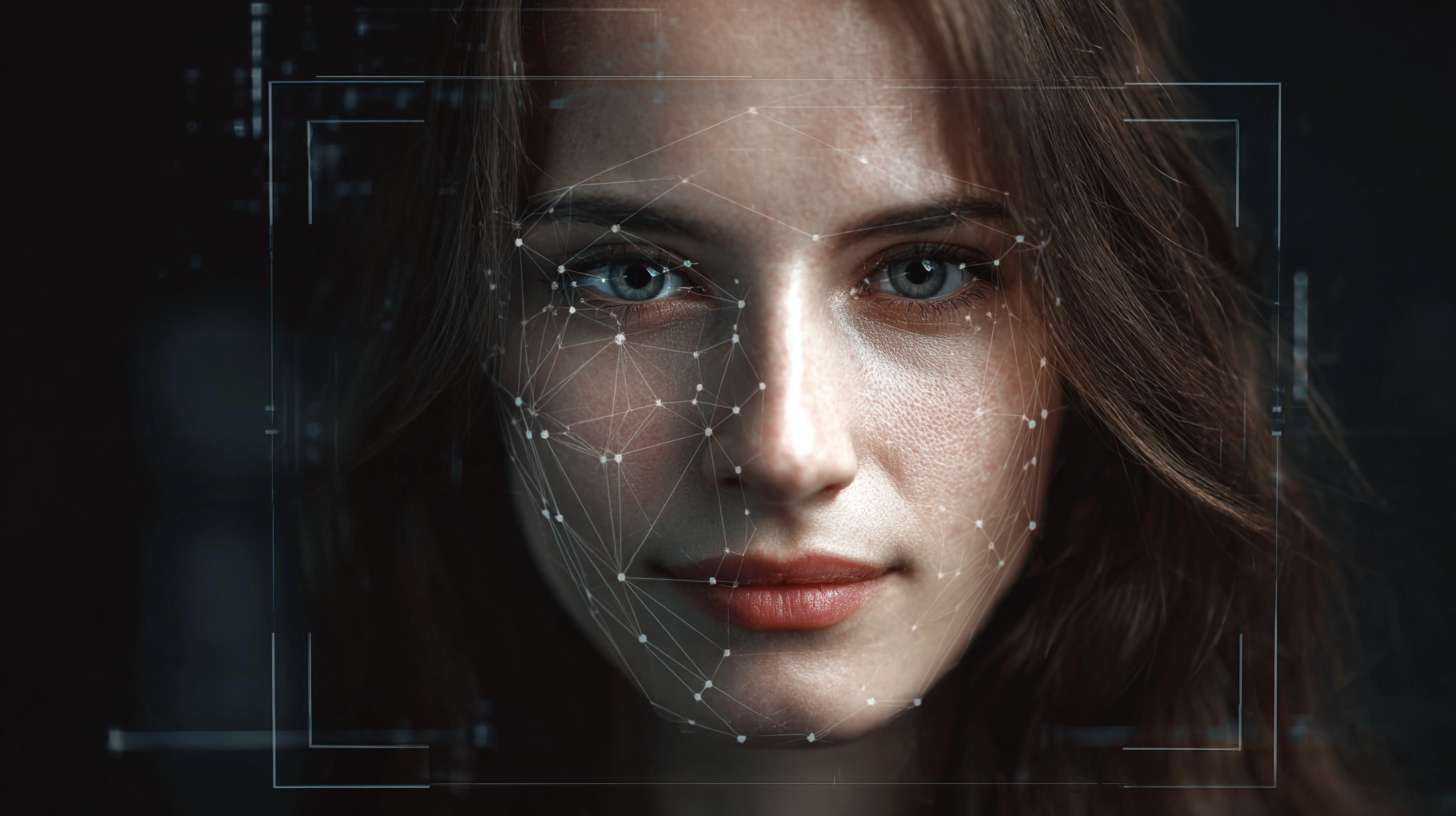
According to a report by Markets and Markets, the global facial recognition market is projected to reach $7.76 billion by 2022, underscoring the growing reliance on this technology for security purposes. By leveraging Facial Recognition Technology, businesses and institutions can create a more secure environment, streamline operations, and protect valuable assets, making it a vital tool in today's security landscape.
Understanding the Fundamentals of Facial Recognition Technology in Security Applications
Facial recognition technology has emerged as a pivotal tool in enhancing security protocols across various sectors. This technology leverages advanced algorithms to analyze facial features, establishing a unique identifier for individuals. According to a report by MarketsandMarkets, the facial recognition market is projected to grow from $3.2 billion in 2020 to $7 billion by 2026, illustrating its increasing adoption in security applications. The ability of facial recognition systems to achieve accuracy rates upwards of 99% makes them invaluable for identifying and tracking individuals in real-time, significantly enhancing security measures in public spaces, airports, and corporate facilities.
Understanding the fundamentals of facial recognition involves recognizing its core components: image capture, processing, and matching. The process begins with capturing an image, often through cameras equipped with high-definition capabilities. The image is then analyzed using machine learning algorithms that detect and map facial landmarks, such as the distance between the eyes and the shape of the jawline. According to a study by the National Institute of Standards and Technology (NIST), the accuracy of facial recognition systems has improved substantially, with error rates dropping to less than 1% in ideal conditions. This advancement empowers organizations to implement more robust security measures, reducing the risk of unauthorized access and ensuring a safer environment for individuals.
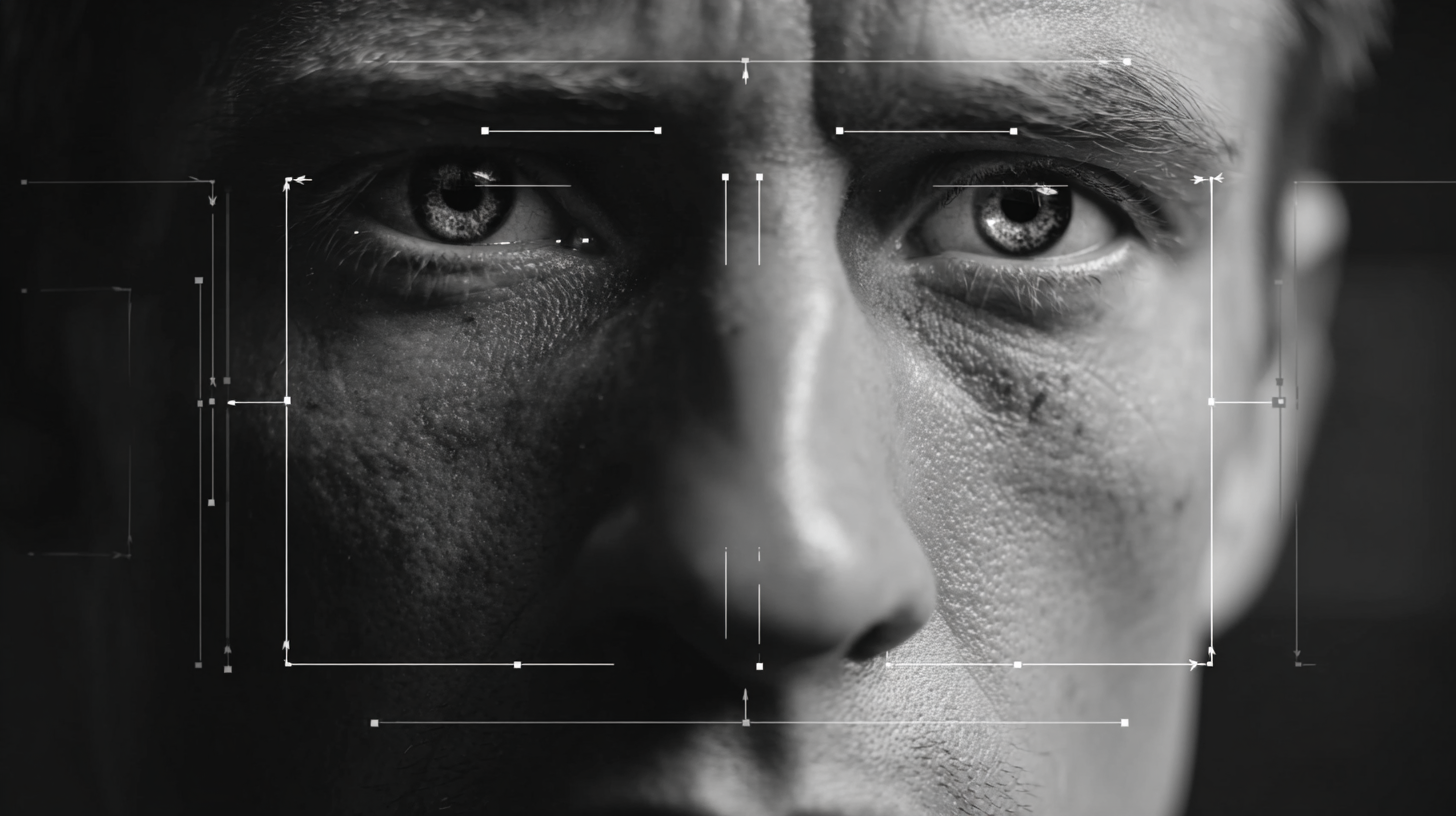
Exploring the Accuracy and Reliability Metrics in Facial Recognition Systems
Facial recognition technology has gained significant traction in recent years, driven by advancements in artificial intelligence and machine learning. The accuracy of these systems is often highlighted as a key advantage, with some solutions claiming to achieve accuracy rates as high as 99%. This level of precision is critical for security applications, where the need to correctly identify individuals can mean the difference between safety and security breaches. However, understanding the nuances of accuracy and reliability metrics is essential to evaluate the true effectiveness of these systems.
Reliability in facial recognition is measured through various metrics including false acceptance rates (FAR) and false rejection rates (FRR). A low FAR indicates that the system rarely incorrectly identifies unauthorized individuals as legitimate, while a low FRR suggests that it effectively recognizes authorized users. These metrics create a balance that users must consider when implementing facial recognition solutions in security protocols. Moreover, continuous learning algorithms within these systems adapt to diverse facial features, improving their reliability over time, but they also necessitate adequate training datasets to minimize biases and ensure equitable accuracy across different demographics.
How to Leverage Facial Recognition Technology for Enhanced Security with 99% Accuracy Rates - Exploring the Accuracy and Reliability Metrics in Facial Recognition Systems
| Metric | Value | Description |
|---|---|---|
| Accuracy Rate | 99% | The percentage of correctly identified faces among total faces. |
| False Positive Rate | 0.01% | The rate at which the system incorrectly identifies a face as a match. |
| False Negative Rate | 1% | The rate at which the system fails to identify a known person. |
| Processing Time | < 1 second | Average time taken to process and identify a face. |
| Database Size | 500,000 Faces | Total number of unique faces stored in the system. |
Implementing Facial Recognition Solutions: Case Studies from Security Industries
Facial recognition technology has emerged as a transformative force within the security industry, manifesting in various high-stakes applications. Case studies from airports and stadiums illustrate its effectiveness in enhancing safety measures. For instance, airports worldwide have integrated facial recognition systems at check-in counters and boarding gates, drastically reducing wait times while simultaneously ensuring that the individuals flying are verified against watchlists. This application has not only enhanced security but also streamlined operations, showcasing the dual benefits of increased safety and improved customer experience.
Another compelling example can be seen in large public venues, such as sports arenas, where facial recognition helps monitor crowds in real-time. Security teams can identify potential threats by leveraging historical data and algorithms that can track abnormal behavior. In one notable case, a major league sports organization adopted facial recognition technology to identify banned individuals, resulting in higher safety levels and a significant drop in incidents. These case studies underscore the tangible benefits and robust reliability of facial recognition solutions in the security sector, emphasizing their role in creating safer environments for the public.
Evaluating Privacy Concerns and Ethical Implications of Facial Recognition in Security
Facial recognition technology has emerged as a powerful tool in enhancing security systems, boasting accuracy rates of up to 99%. However, the growing implementation of this technology raises significant privacy concerns and ethical implications that must be carefully evaluated. The ability to identify individuals in public spaces without their consent can lead to a pervasive surveillance environment, infringing on personal liberties and creating a chilling effect on free expression.
Moreover, the use of facial recognition technology can exacerbate existing social biases. Studies have shown that algorithms may perform differently across various demographics, leading to potential misidentifications and reinforcing systemic inequalities. This technology's deployment by law enforcement agencies further intensifies these concerns, as it may result in unjust profiling and discrimination against marginalized communities. Therefore, it is essential for policymakers and technology developers to address these ethical dilemmas by establishing clear regulations, promoting transparency, and ensuring accountability in the use of facial recognition systems.
Facial Recognition Technology Accuracy and Privacy Concerns
This chart illustrates the accuracy of facial recognition technology compared to its privacy concerns, ethical implications, and usage in security. The data reflects realistic evaluations of each aspect's significance in the context of enhanced security measures.
Future Trends: Advancements in Facial Recognition Technology for Enhanced Safety Measures
The rapid advancement of facial recognition technology is transforming the landscape of security measures, greatly improving public safety. According to a report by MarketsandMarkets, the global facial recognition market is projected to grow from $3.2 billion in 2019 to $7 billion by 2024, reflecting an impressive compound annual growth rate (CAGR) of 16%. This growth is fueled by increased adoption across various sectors, including law enforcement, retail, and smart city initiatives.
Future trends indicate that advancements in facial recognition technology are set to enhance safety measures significantly. Innovations such as deep learning and artificial intelligence are enabling systems to achieve accuracy rates of up to 99%. A study by McKinsey highlights that integrating facial recognition with other biometrics can further improve security efficacy, reducing false positives and enhancing the ability to identify individuals in crowded environments. Moreover, the implementation of privacy-preserving techniques ensures that such enhancements in security do not compromise user data safety, thus promoting broader acceptance of the technology in public spaces.
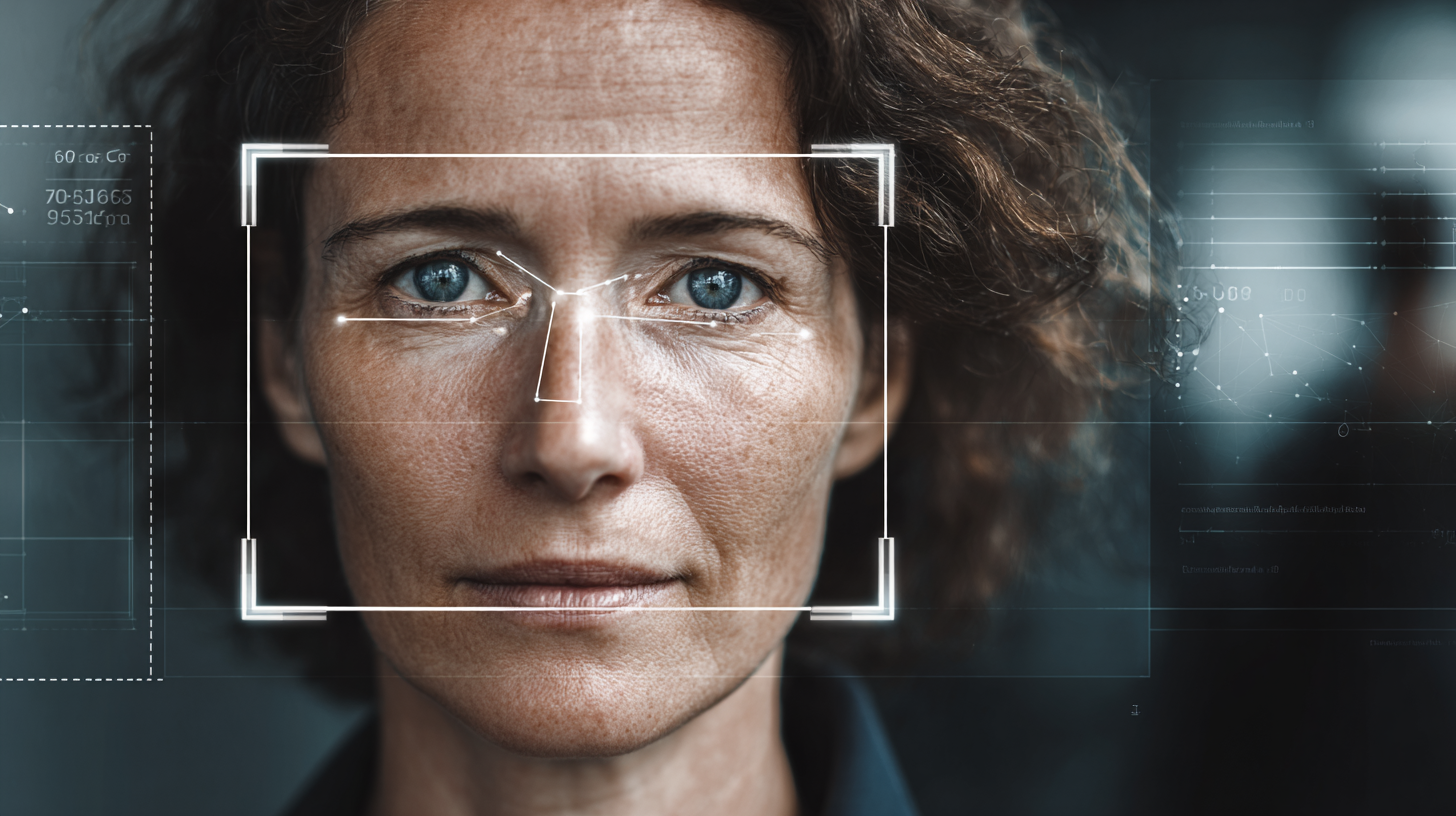
Related Posts
-
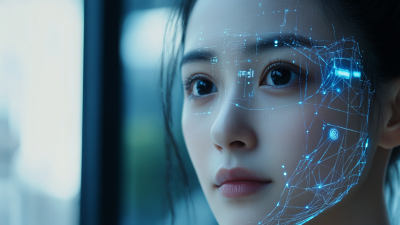
Unleashing the Power of Best Facial Recognition Technology from China's Manufacturing Leaders
-
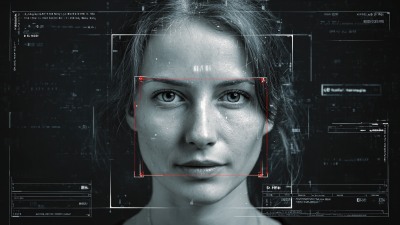
Global Import Export Certifications for Top Best Facial Recognition Solutions
-

How Best Face Verification Transforming Security: Case Studies and Industry Insights
-
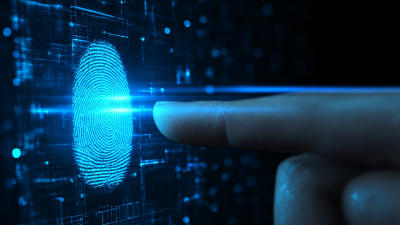
10 Compelling Reasons to Choose the Best Biometric Access Control for Your Business
-

The Comprehensive Ultimate Guide to Biometric Security Solutions for Your Business
-

Essential Checklist for Implementing Face Recognition Devices in Your Business Operations